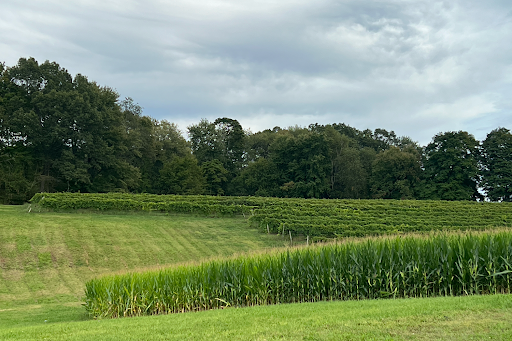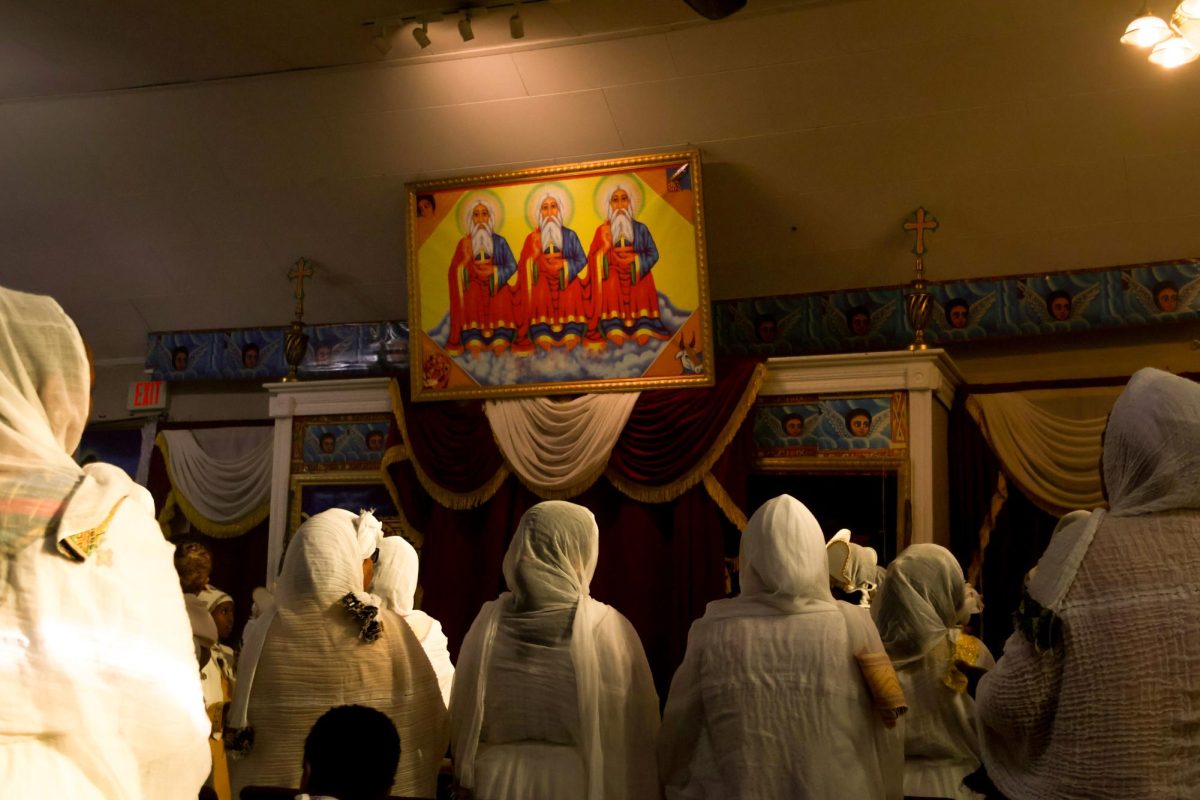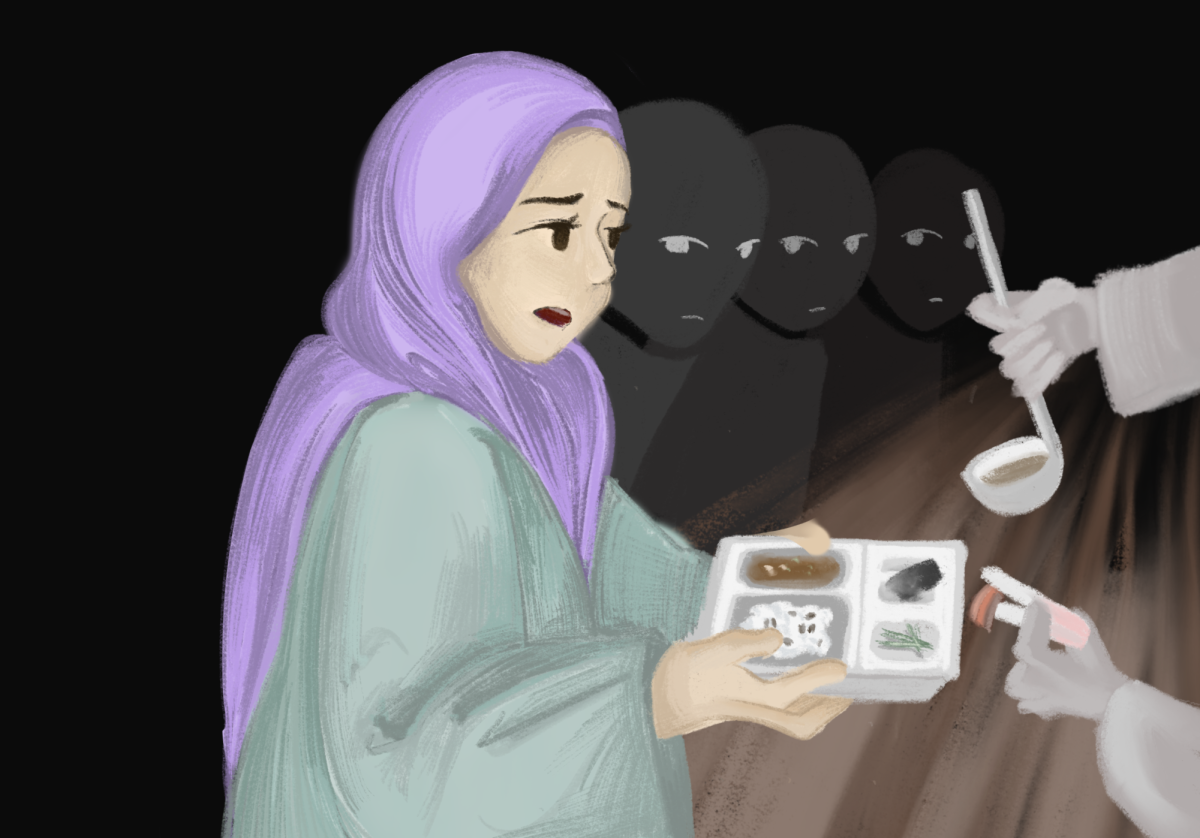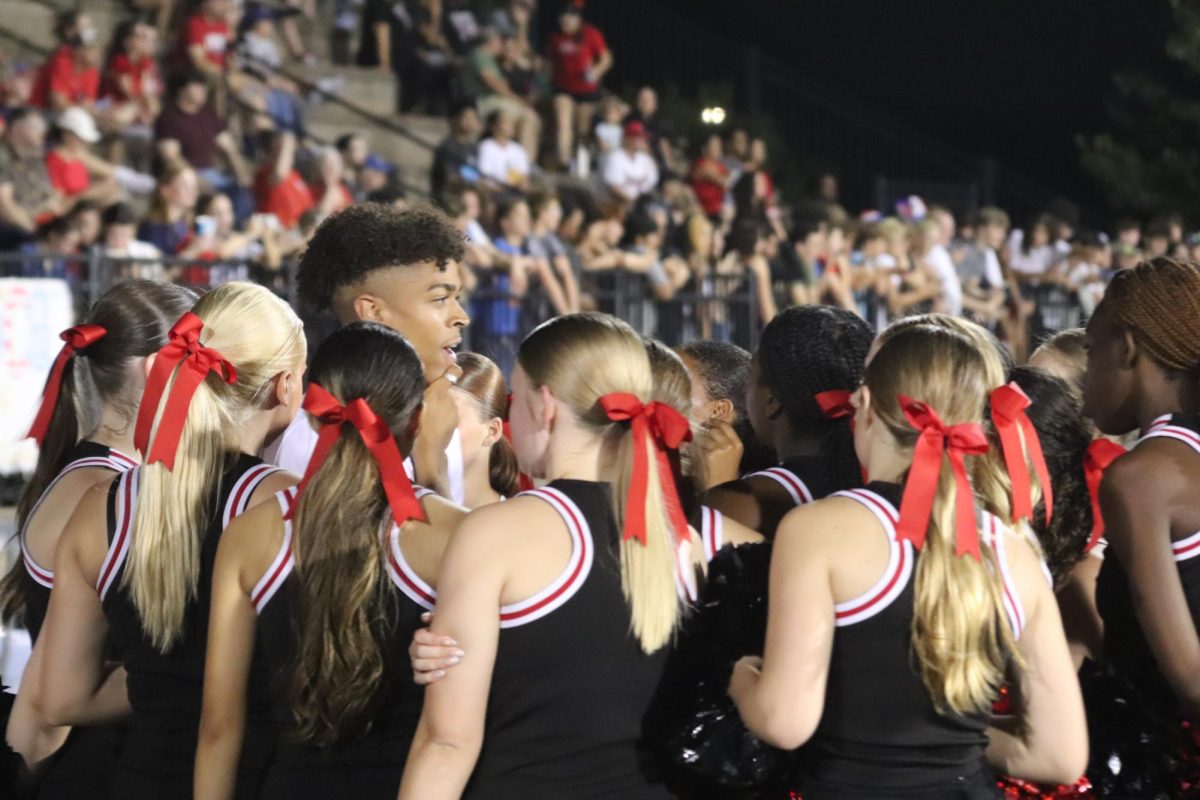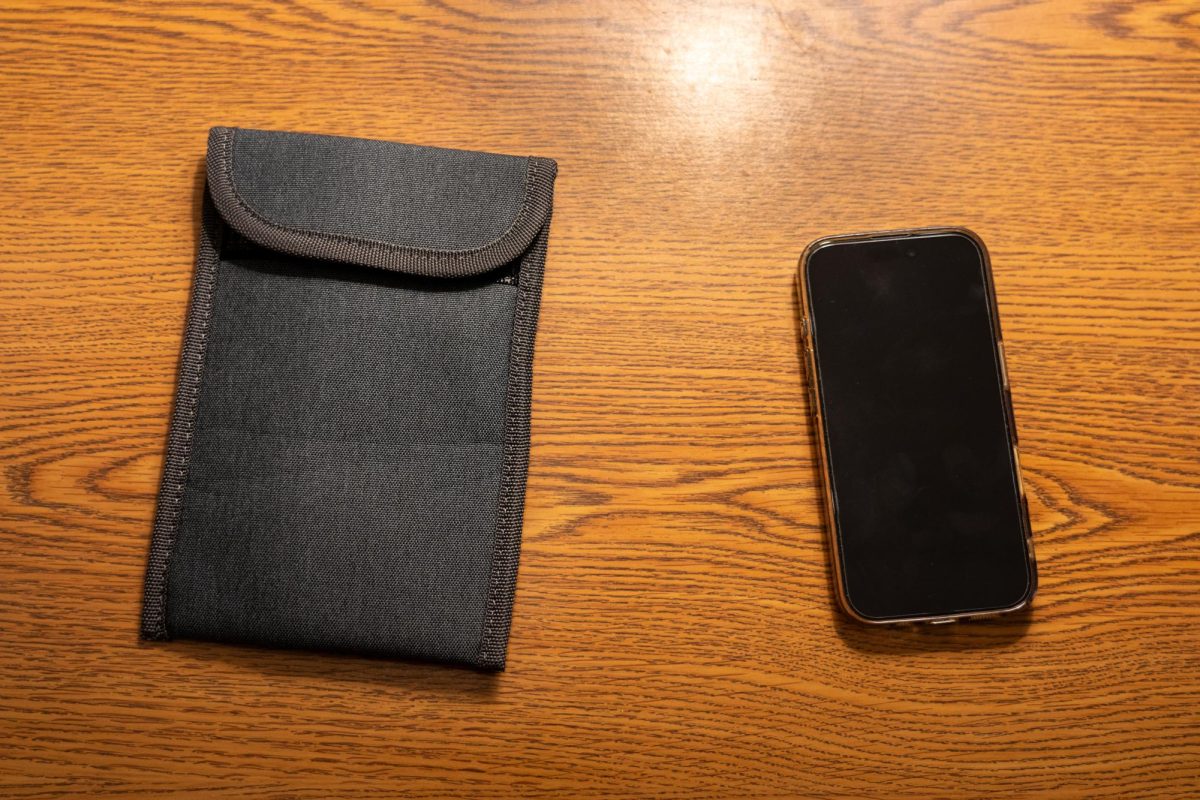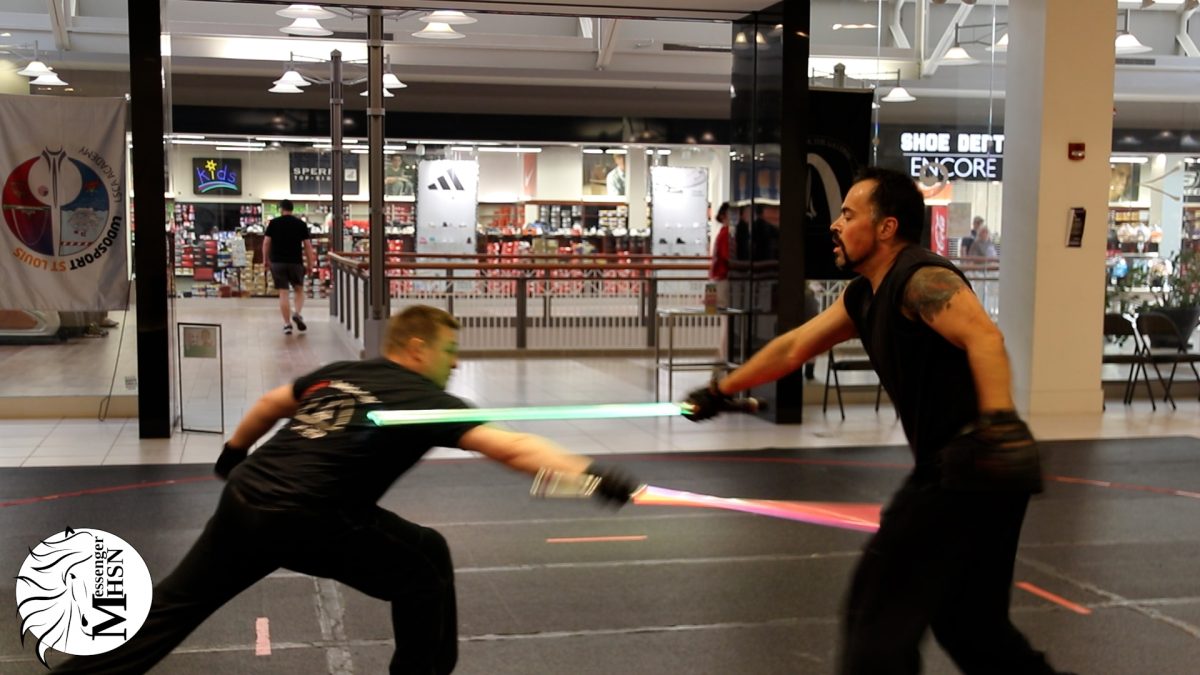The Liberty Girl’s Wrestling Team saw considerable growth in its second year. Many athletes tried wrestling for the first time. Liberty senior Jesse Bly, who was born with a visual impairment was one of these athletes.
“It’s a hereditary genetic disorder. We actually don’t know exactly what it is but we know a lot of my symptoms so we can cross-compare to known impairments, so, I would call it achromatopsia,” said Bly.
Achromatopsia is an inherited vision disorder affecting an estimated 1 in 30,000 people worldwide, according to medlineplus.gov. The condition is characterized by a partial or total absence of color vision, which can severely affect overall vision quality.
“Basically what that means for me is my visual acuity, or distance vision, is really really low… It also means my eyes are really photosensitive, or photophobic, meaning really really sensitive to light. That’s why my glasses are tinted the way they are. It also means that I’m nearly completely colorblind, I don’t see much or any color at all,” said Bly.
This disorder can have a large impact on vision quality, resulting in interferences with everyday life.
“I would be lying if I said life was easy, but I’ve learned how to adapt and I’ve learned what works for me. I rely on my other senses, like sense of hearing and such to do certain things,” said Bly.
Visually impaired students like Bly have a teacher for the visually impaired (TVI) who assist in teaching everyday life skills.
“[Things] like how to type, how to cross the street safely without getting run over, things that would seem easy for someone fully sighted, but it’s a little hard to learn when I don’t learn like everyone does,” said Bly.
Participating in public school sports can be difficult for visually impaired individuals. Often, there are many barriers to participation, including physical, social, and environmental factors that limit access to athletic opportunities.
“This was my first public school sport I ever did. I made friends with one of the girls on the team a year prior to joining… I have prior training in karate and me and her would talk about combat sports. Eventually I was like, ‘hey, this wrestling thing sounds like fun,’ so I signed up,” said Bly, “Wrestling is a sport that’s very easily accessible to blind people because you don’t need to see to be a good wrestler. It’s all tactile, you have to feel.”
For Bly, one adaptation to the sport included the style of wrestling for both her and her opponent.
“The one big thing that’s different between me and a fully sighted wrestler is we have this thing called touch style, where you’ll see in normal wrestling matches, they don’t touch hands. They’ll pace around each other without touching,” said Bly, “I have to start in full contact. I’m not allowed to not touch my opponent. The ref will stop the match if we break contact.”
In addition to competing for Liberty’s Girls Wrestling Team, Bly also competed with the Iowa Rams, the team for the Iowa Educational Services for the Blind and Visually Impaired (IESBVI). In Dec. 2023, Bly traveled with the Rams to Jacksonville, Illinois, where she was able to compete with other visually impaired athletes from across the Midwest.
“All of our kids [at the Iowa Braille School] are remote, across the state… It’s kind of a logistical nightmare to get our teams together to do sports, that’s why we have such a low turnout,” said Bly, “I am one of if not the only visually impaired student in this school, so I go to these things because I want to socialize with people who kind of get me, who are in my community, who can relate to me. There’s definitely a lot of community and it’s a lot of fun.”
The Iowa Braille and Sight Saving School closed its residential facility in 2011 and was replaced by the IESBVI. For over 150 years, the school provided education and services to blind and visually impaired individuals across Iowa but was forced to shut down due to low enrollment and lack of funding.
“Braille schools survive off of private donations, government funding, tuition… I’ve been to the Illinois and Missouri schools and you can just feel it when you walk in… Some of these places, they’re these ‘Frankenstein’ buildings that have been around since the 1850s,” said Bly, “They’re just not as nice as Liberty or the public schools because they just don’t have the tax money.”
Across the country, schools for the blind and visually impaired are closing for similar reasons. These school closings further limit the athletic opportunities for visually impaired students. According to the American Foundation for the Blind, out of the 52,000 school-aged children who are blind and visually impaired in the United States, over 70% do not participate in any form of physical education. This disparity deprives blind and visually impaired children of the multitude of benefits that athletics provides.
“Apart from the sport just being really rewarding, just learning and becoming stronger… I also really enjoyed the team aspect. I’ve never had a team before, I’ve never had a uniform, a nice uniform before this season,” said Bly. “That sounds really trivial, but for me, I’ve grown up thinking that blind kids don’t do sports.”
Despite the difficulties that wrestling brings, Bly has found that the rewards far outweigh the challenges.
“Wrestling’s definitely one of those things where you just kind of have to grit your teeth and get through the pain and the struggles and all of the things that really do suck, but then you get through it and you get that reward,” said Bly. “It makes all of your bruised ribs and your banged up ears worth it because you’ve done this thing and you can say, ‘I did this, I won.’”
This story was originally published on The Live Wire on February 29, 2024.


